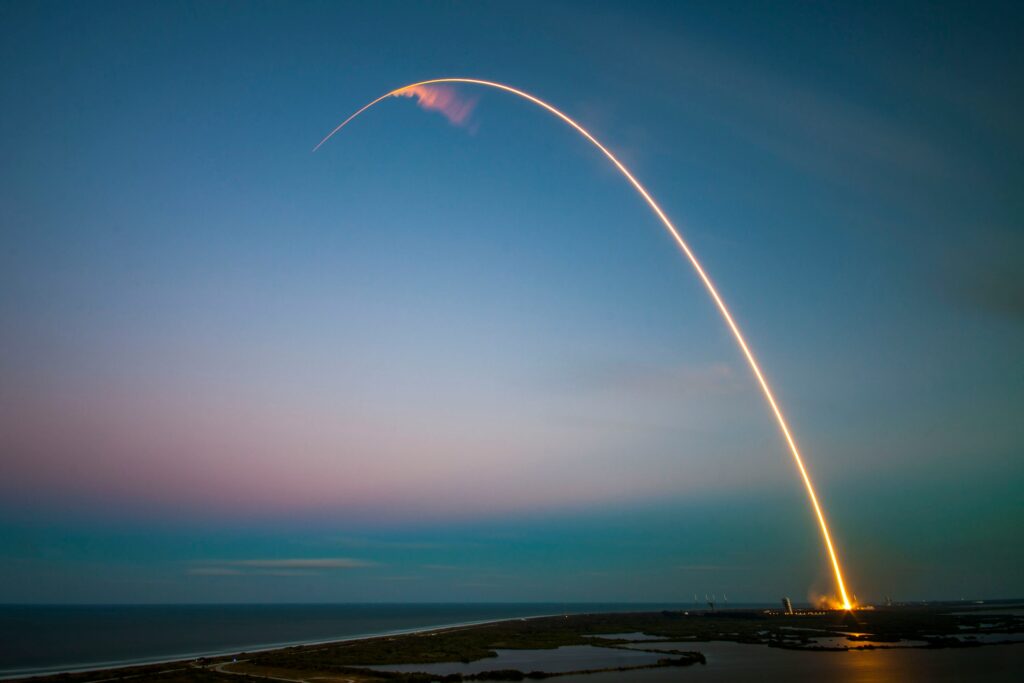Putin Expands Russia’s Nuclear Doctrine Amid Tensions with Ukraine
Russian President Vladimir Putin signed updates to Russia’s nuclear doctrine, broadening conditions for potential nuclear weapon use. The revisions respond to Ukraine’s authorization to use U.S.-supplied weapons for deeper strikes into Russian territory. President Joe Biden recently approved Ukraine’s long-range attacks with American weapons, intensifying the conflict.
Previously, Russia’s nuclear policy addressed threats involving ballistic missiles or its nuclear arsenal. The updated doctrine now includes attacks from non-nuclear states supported by nuclear-armed allies, mirroring Ukraine’s situation. Western nations continue providing Ukraine with advanced weapons and intelligence, escalating the Kremlin’s concerns.
Advanced Weapons and Escalating Threats
The Kremlin highlighted the growing danger posed by drones, cruise missiles, and hypersonic systems crossing Russian borders. These updates coincide with Ukrainian President Volodymyr Zelenskyy’s meeting with President Biden to discuss deploying advanced Western systems like ATACMS missiles for deep strikes. Analysts believe this shift in policy is designed to deter NATO’s continued military aid to Ukraine.
Alexander Gabuev from the Carnegie Russia Eurasia Center described the doctrine changes as a calculated warning to NATO. The Kremlin aims to signal its readiness to escalate as Western support for Ukraine grows, increasing pressure on allied nations.
Strategic Rhetoric Amid Growing Global Tensions
This doctrine revision is part of a series of nuclear threats Russia has issued since the Ukraine war escalated in 2022. While none of these threats have materialized, experts see the move as strategic rhetoric. It seeks to reshape the conflict’s dynamics as Western powers, led by the U.S. and U.K., consider expanded support for Ukraine amid mounting global tensions.


